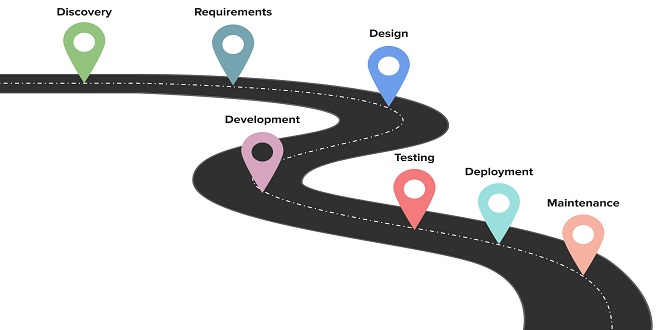The Power of Digitalization: An Overview of How Digitalizing Business Processes Using Online Platforms Enhances Time Efficiency

In the fast-paced landscape of modern business, efficiency is often the key to success. One of the transformative tools that has emerged to drive efficiency is digitalization. This article explores the profound impact of digitalization on business processes, focusing on how the adoption of online platforms can revolutionize the way organizations operate and save precious time.
Digitalization: A Game-Changer in Business
Digitalization, the process of leveraging technology to streamline operations and data management, has become an indispensable force in today’s business world. As industries adapt to the digital era, the advantages of embracing this transformation are undeniable.
Here, we delve into the core benefits that digitalization brings to the forefront:
Streamlined Processes
One of the most significant advantages of digitalization is its ability to streamline business processes. Traditional manual tasks that were time-consuming and error-prone are now automated, reducing the risk of human error and freeing up valuable time for employees to focus on more strategic tasks.
Real-Time Data Accessibility
Digitalization empowers businesses with real-time data accessibility. Online platforms provide instant access to critical information, enabling faster decision-making and response times. This newfound agility can make a significant difference in competitive markets.
Enhanced Communication and Collaboration
Collaboration is the heartbeat of every successful business. Digitalization fosters seamless communication and collaboration among teams, regardless of geographical barriers. Electronic communication plays a pivotal role in the digitalization of business processes. It enables efficient communication with clients, customers, and employees through digital platforms, eliminating the need for paper-based methods. Emphasizing cross-platform workability, such as the seamless transition from Word to PDF, is crucial in reducing unnecessary paper usage, further enhancing the streamlined nature of digitalization in modern businesses.
Online Platforms: Catalysts of Time Efficiency
The integration of online platforms is a pivotal aspect of digitalization. These platforms serve as catalysts for enhancing time efficiency within organizations. Let’s explore how:
Automating Repetitive Tasks
Online platforms excel at automating repetitive tasks. Whether it’s customer inquiries, data entry, or invoice processing, these platforms can handle routine activities swiftly and accurately. By eliminating manual labor, employees can redirect their efforts towards higher-value tasks.
Efficient Resource Management
Managing resources effectively is vital for businesses. Online platforms, with their robust tools for resource allocation and scheduling, optimize resource management. This ensures that the right people and assets are in the right place at the right time, minimizing delays and increasing productivity.
Data-Driven Decision-Making
Online platforms provide a treasure trove of data. They collect and analyze vast amounts of information, offering valuable insights into operations and customer behavior. Armed with this data, businesses can make data-driven decisions that save time and resources, steering them in the right direction.
Conclusion
In the ever-evolving landscape of business, staying competitive requires a commitment to efficiency. Digitalization, coupled with the strategic implementation of online platforms, can be a game-changer for organizations seeking to enhance their time efficiency. By automating processes, enabling real-time data access, and fostering collaboration, businesses can harness the true power of digitalization and drive their success in the digital age. Embracing this transformation is not just an option; it’s a necessity for thriving in today’s business world.





